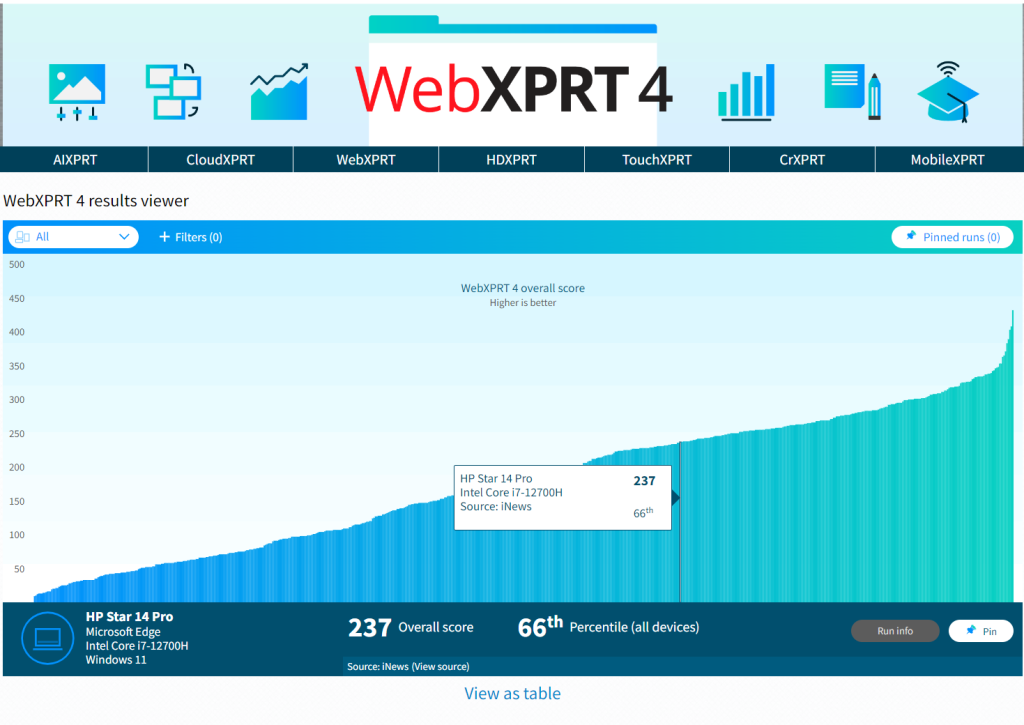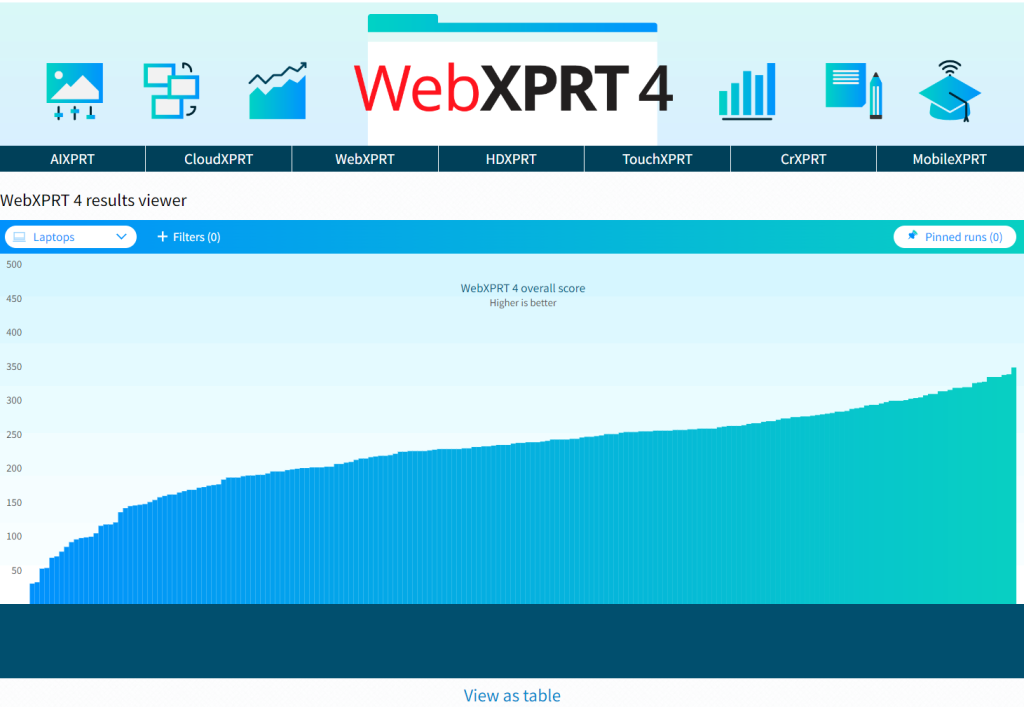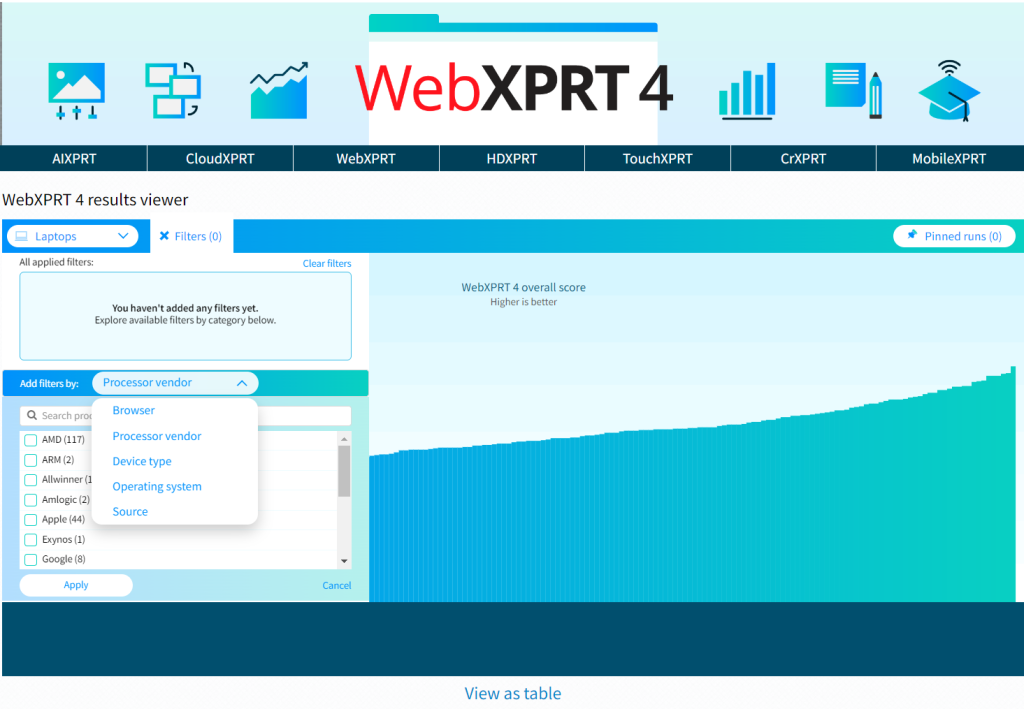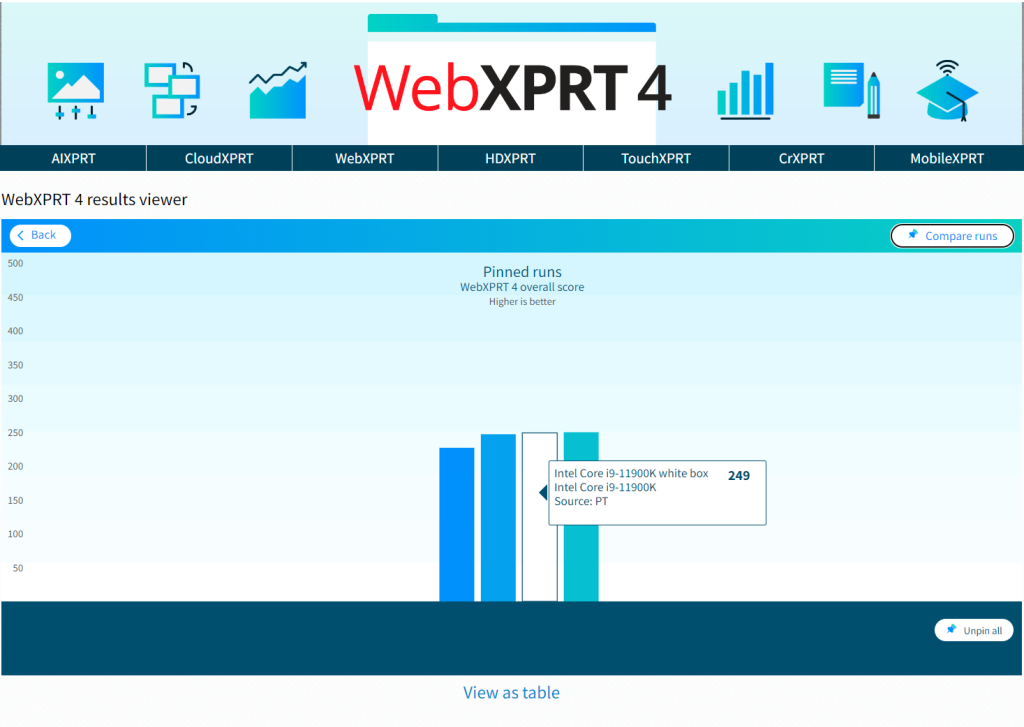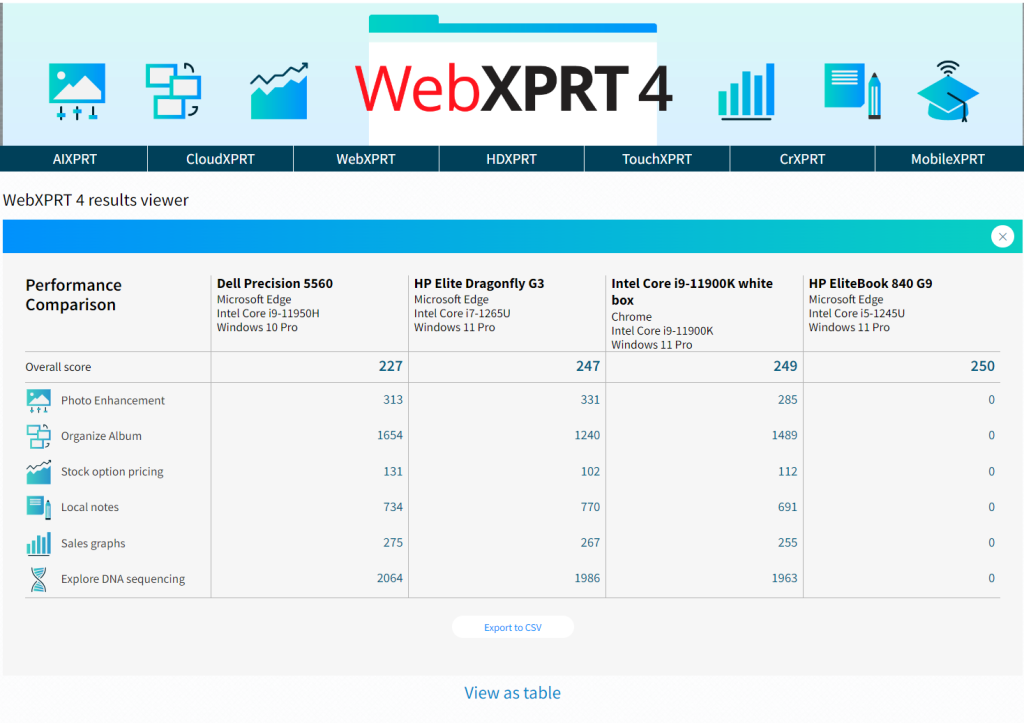In recent blog posts, we’ve discussed several types of potential future WebXPRT workloads—from an auxiliary AI-focused workload to a WebXPRT battery life test—and many of the factors that we would need to consider when developing those workloads. In today’s post, we’re discussing other types of workloads that we may consider for future WebXPRT versions. We’re also inviting you to send us your WebXPRT workload ideas!
Currently, the most promising web technology for future WebXPRT workloads is WebAssembly (Wasm). Wasm is a binary instruction format that works across all modern browsers, provides a sandboxed environment that operates at native speeds, and takes advantage of common hardware specs across platforms. Wasm’s capabilities offer web developers significant flexibility in running complex client applications within the browser.
We first made use of Wasm in WebXPRT 4’s Organize Album and Encrypt Notes workloads, but Wasm has the potential to support many more types of test scenarios. Here are just a few of the use-case categories that Wasm supports:
- Gaming
- Image and video editing
- Video augmentation
- CAD applications
- Interactive learning portals
- Language translation
Those categories and the possibilities they open for additional workloads are exciting! When thinking through possible new workload scenarios, it’s important to remember that workload proposals need to fit within a set of basic guidelines that uphold WebXPRT’s strengths as a benchmark. You can read about those guidelines in more detail in this blog post, but in short, new workloads ideally should
- be relevant to real-life scenarios
- have cross-platform support
- clearly differentiate in their performance between different types of devices
- produce consistent and easily replicated results
After testing with WebXPRT or reviewing the list of use cases that Wasm supports, have you considered a new workload or test scenario that you would like to see? If so, please let us know! Your ideas could end up playing a role in shaping the next version of WebXPRT!
Justin


